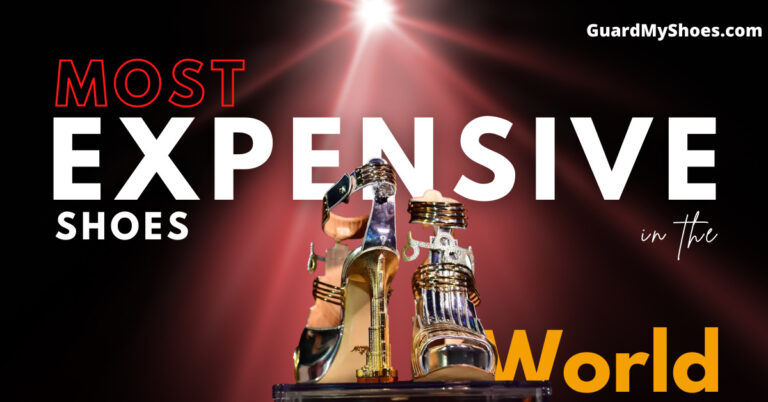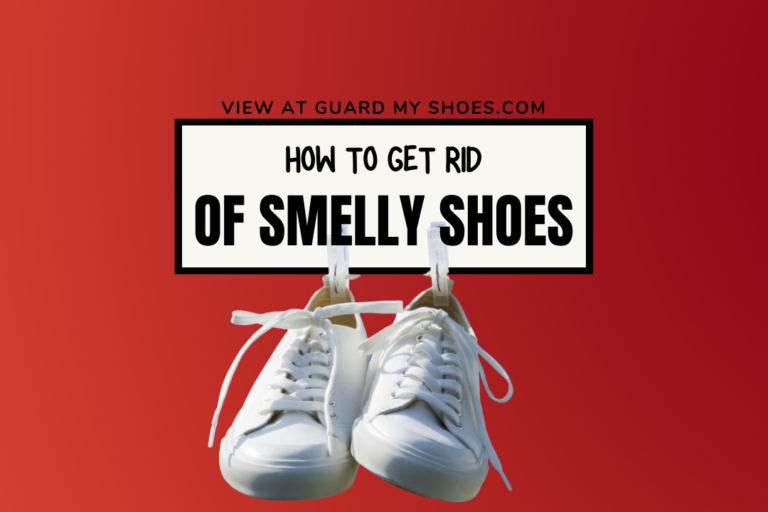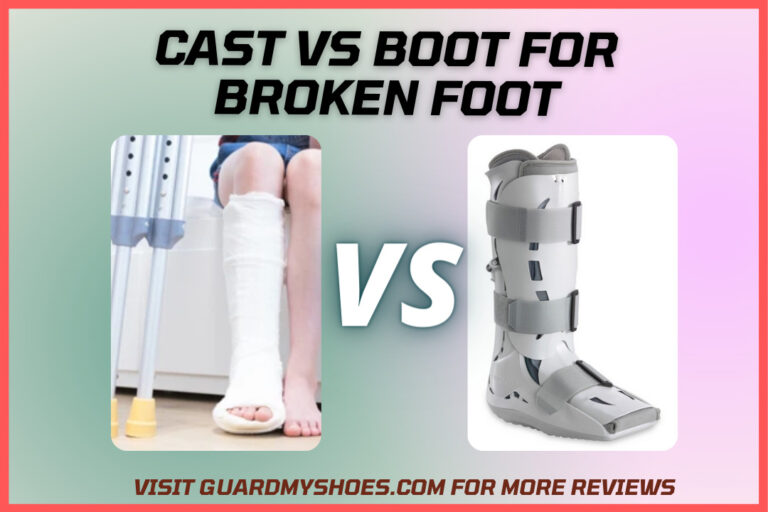How Often Should You Replace Running Shoes – Time To Buy New Pair?
Besides being a recognized sport and a great career trajectory, running is also an excellent way to burn calories or tone up. Regardless of your purpose, however, good running shoes are a must-have. Such shoes can minimize the risk of injuries and, to boot, come with the promise of a more fulfilling run.
Nonetheless, and as the saying goes, all good things must come to an end. Simply put, running shoes—much like their regular counterparts—do not last one a lifetime. In fact, even first-rate pairs have short shelf lives and will only last up to 4 to 6 months. There are also professionals out there who suggest replacing your shoes every 300-400 miles.
Unfortunately, the expert advice above is useless for people who do not strictly keep track of their mileage; and, more importantly, cannot—unlike well-paid track and field athletes—replace usually expensive pairs that often or that readily.
Are you afraid of chucking away a pair for fear of wasting hard-earned money? Do you still want to avoid health concerns? Do not sweat it! Our oncoming list of signs will help you decide if it is really time to replace your running shoes or not.

Telltale Signs that You Need to Change your Running Shoes
Unusual Pains
While “No pain, no gain!” is a befitting motto when it comes to shaping up, it can not—or rather should not—be extended to running. If you are beginning to feel unprecedented pains in your lower extremities while running, it is time to replace your shoes.
Unusual aches, especially in the knees and hip girdle, indicate that the cushioning properties of your pair have gone down. A pair that fails to cushion the impact or force while running, is naturally going to lead to severe injuries. Thus, we recommend that you do not disregard your safety and continue wearing such shoes at any cost.
Although the above problems generally arise in older pairs, some new pairs might also cause weird aches when the shoe components have worn out. This issue is common with ill-fitted pairs, which you will have to get tailored to your needs or replaced as well.
Broken-Down Treads
If you have been running for a while or are a professional, you might be aware of the necessity of treads. For all the novices out there, treads are ridges in the heel area that allow for maximum flex and reduce impact to elevate your sprinting techniques.
Moreover, and more importantly, they are made up of materials like gore-tex meant to outlast the other constituents like cushioning. Hence, if your treads are looking worn out or shabby, it is time to invest in a new pair.
Midsole Crisis
In the simplest terms, midsoles ensure that you do not sprain your ankles by keeping them steady and nicely wrapped. Therefore, if this particular part of the shoe feels hardened instead of its characteristic sponginess, it has been rendered useless and might cause injuries.
If you were wondering, the standard check for sponginess is a good old poke with the finger.

Blistering or Burns
Running shoes cause blistering and chafing for roughly the same reason as any other shoes—i.e. when they are not well-fitted. However, sometimes even a good fit, when used exhaustively, will warp or twist out of shape. Thus, if you get blisters and rashes often, your trusted pair needs to go despite living in a relatively cool or moderate climate.
Now that you know some of the most apparent markers of worn running shoes, let us also briefly look at what causes them to be this way.
Things that Affect the Life-Span of Your Running Shoes
Terrain Troubles
The terrain or landscape that you usually traverse is the biggest stumbling block to the shelf life of your footwear. If your shoes are not suited for a particular kind of track, it is advisable not to put them to the test. However, if you still go ahead with this, then you will have to replace your shoes more frequently.
Build and Style
Your style, weight, and height all factor into the health of your running shoes as well. These things will determine where and when the above-stated damages are likely to occur. For instance, if you are a little tubby or tall, your shoes will wear out faster than an average build person. Similarly, if somebody is a heel striker or a long-distance sprinter, then the wear and tear will predominantly be observed in the heel area.
FAQs
How can one keep track of one’s mileage?
The best way to track one’s mileage is to invest in a fitness tracker. You can either look into the countless smart watch-based varieties on the market; or, conversely, use the one that comes in-built with your phone.
Is it important to replace a pair after every 300 miles?
Not really! If your footwear is still in good shape even after the 300-400 mile marker, then you do not need to. Specific pairs also last up to 450-600 miles, but a regular user rarely runs that much.
Closing Remarks
The anxiety or hesitation surrounding throwing away or replacing your running shoes is wholly justified considering their prices. Nonetheless, not replacing a shabby pair because of a tight budget might incur expenses because of the various injuries that a worn-out pair can inflict.
Thus, be mindful of your health and replace your shoes as soon as you have enough bucks. However, if you cannot, however, immediately afford a new pair, try other sports or workouts for the time being.
Moreover, it does not take a genius to guess that a pair’s health is lengthened via proper upkeep. Hence, if you want your running footwear and walking shoes to be their money’s worth, try not to overuse or misuse it. We recommend—provided it is not too costly—that you invest in two pairs and rotate them to avoid exhausting a single pair.
Lastly, use your beloved pair sparingly because no pair is worth a sprained ankle and a ruined sports career. Additionally, foot surgeries are much costlier than a new pair. Also, you should invest in a good pair of tennis shoes, when you are interested in sports.






